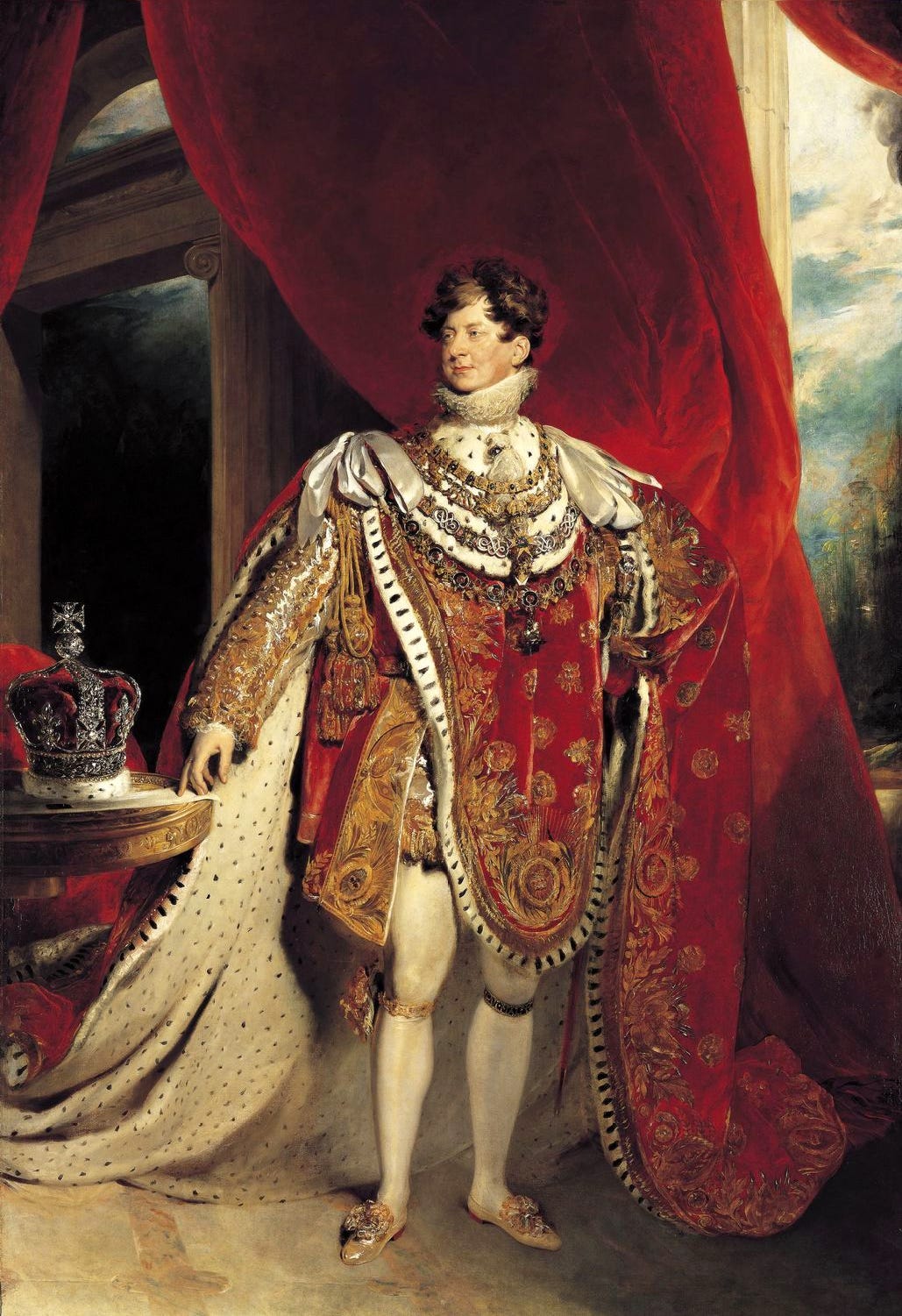I recently had the opportunity to write for the Maynooth University Library Treasures blog again. It is contributing to this blog that sparked the idea that is Ireland and the Age of Revolution, and I strongly encourage people to take a look at the Treasures archive. Everything talked about is from the collection held in Maynooth and it is a treasure trove for Ireland and the eighteenth and nineteenth centuries.
This time I had the chance to participate in the Explore Your Archive campaign which highlights original archival material in the library collections. I was examining a collection of map books which surveyed the estates of Lord Benjamin Baron Bloomfield in King’s County (Offaly) and County Tipperary from 1836. When it comes to history, be it in books or popular media like video games I love examining and utilising maps and illustrations. They do so much to bring to life locations and events and depending on the surveyor or cartographer, they can introduce character to something which had until that point been monotone, hard to visualise and two dimensional.
The angle I took was to examine a singular map from the collection and highlight the detail shown, what information could be gleaned from it and how valuable it was as an original archival object. The more background research I did to place the maps in their context, the more I came to appreciate the fascinating character of Bloomfield himself.
Bloomfield’s story is one which is deeply ingrained in the history of Ireland during the Age of Revolutions and serves to provide a side of the Irish story which is often overlooked. His story rather coincidentally fits the time-frame of this blog almost perfectly. Born in 1768 and dying in 1846, the life of Benjamin Bloomfield perfectly bridges the story of Ireland from ‘sister kingdom/colony’, to a semi-autonomous and self-governing state in 1782 to Union in 1800.
He was commissioned as a second lieutenant in the Royal Artillery in 1781 and was stationed across the Atlantic in Newfoundland and then Gibraltar. He later returned to Ireland to fight in the 1798 Rebellion for the British Army and fought at the Battle of Vinegar Hill in County Wexford. The battle is considered the final major engagement of the rebellion.
The result was a decisive victory for the British, only just missing the opportunity to fully encircle the rebels – it marked the end of an organised battlefront from the United Irish forces, who relied upon guerrilla style tactics for the remainder of the rebellion.
Shortly after 1798, though unclear exactly when, Bloomfield was sent to Brighton to work with the Prince Regent's regiment, the 10th Light Dragoons. It is from his introduction to the Prince Regent and his ability to shine as a commander and leader that a friendship began to form between the two that lasted 27 years. Later in 1817 he became private secretary to the Sovereign of the United Kingdom, for the regent and subsequent King George IV until 1822.
Following a fall from grace with the Prince Regent, he was forced to resign as secretary with the promise of an Irish peerage, a pension, two sinecures and a diplomatic posting. He would work the rest of his service as a diplomatic envoy to the Swedish Royal family under Charles XIV John King of Sweden and Norway, also known as Bernadotte, one of Napoleon Bonaparte's famous Marshals.
The particular map I looked at included property belonging to Bloomfield in County Offaly – the country house of Loughton and the surrounding estate including Moneygall. It was this that set off bells in my head – why does Moneygall sound familiar? Oh yes, the 44th President of the United States, Barack Obama traced ancestry to Moneygall in the 19th Century – and there is an entire forecourt plastered in Obama signs and merchandise.

When I recalled this connection, I did some digging about found that the former presidents great-great-great-grandfather Falmouth Kearney, hailed from Moneygall and emigrated to America at the age of 19. This would place Kearney in Moneygall not only during Benjamin Bloomfield’s tenure but specifically when this survey map was done by Samson Carter in 1836.
It is these spontaneous connections which come to fruition by sheer luck and happenstance which really makes history fascinating to study. There is always something new, a new connection to be found, a new way to look at something. History is something which will never be and can’t be complete - it is a discipline that is always giving and will always be central to understanding our past and our society.
To be able to view images of the original survey maps themselves, be sure to follow the link either below or here, which will take you to the Maynooth University Library Treasures blog.
Sources
Book of maps of the estate of Lord Benjamin Bloomfield in the King’s county and county Tipperary, surveyed by Samson Carter, Civil Engineer, 1836 held in Maynooth University Special Collections and Archives.
MU Treasures Blog: ‘Lord Benjamin Bloomfield’s Loughton and Moneygall Estates in King’s County, 1836.’ https://mulibrarytreasures.wordpress.com/2022/11/28/explore-your-archive-document-of-the-day/







Great find! Isn't history just great!